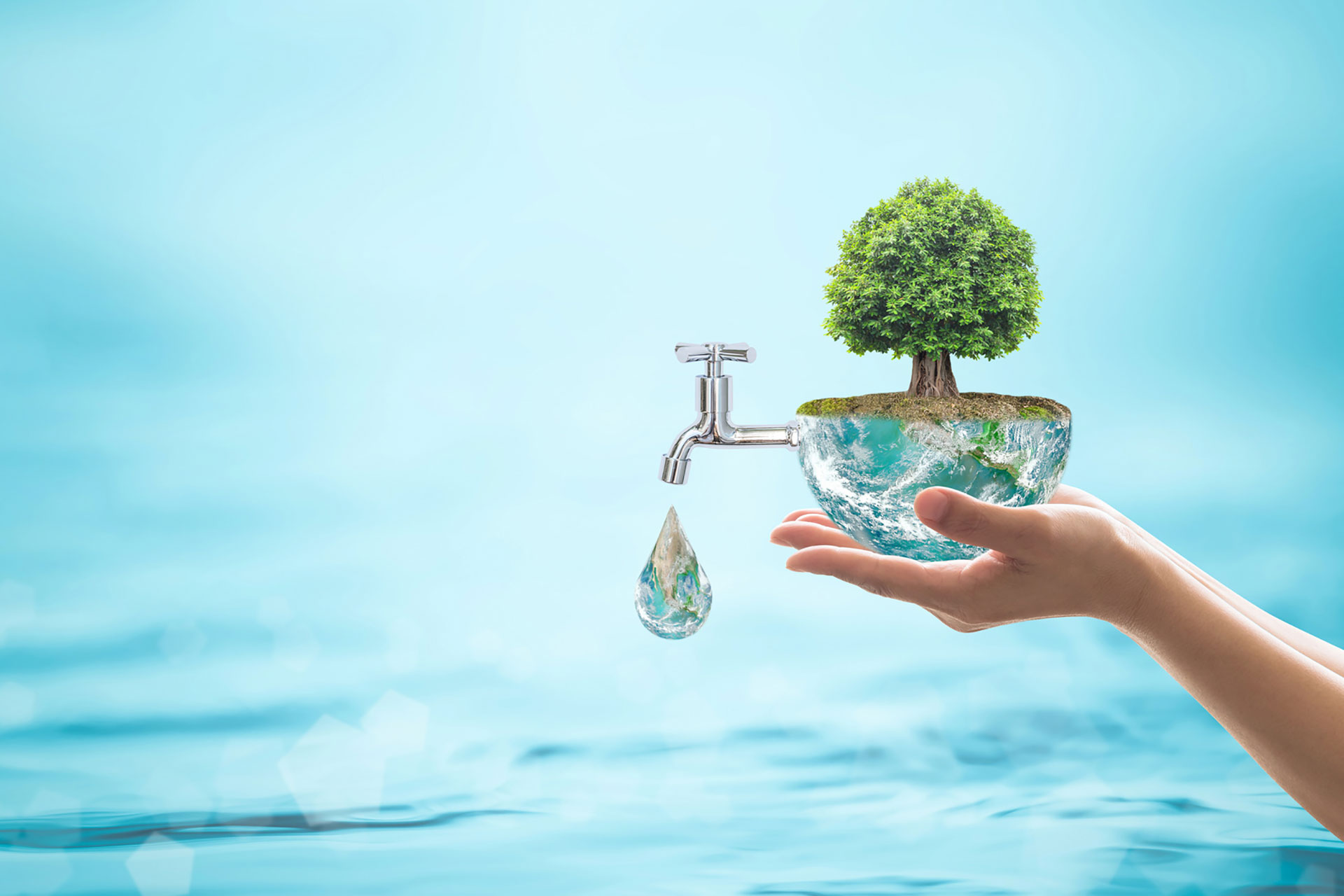Over the past few years, climate change has increasingly emphasized the problem of water scarcity, and its impact on droughts, sea level rise, floods, and storms has made water a central focus of the climate crisis, underscoring the responsibility that countries must assume. The World Meteorological Organization’s (WMO) report on the State of Climate Services on Water is notable for its alarming proportions, with floods increasing by 134 percent and droughts by 29 percent over the past 23 years.
The negative impact of human activities on the environment is exacerbating the droughts caused by climate change. According to the WMO’s data, drought periods are getting longer, increasing by 29 percent compared to the previous period. Drought is one of the significant obstacles to sustainable economic development, and it is expected to adversely affect more than three-quarters of the world’s population by 2050. The United Nations Children’s Fund (UNICEF) predicts that by 2040, one in four children will live in drought-stricken areas. Africa has experienced 70 percent of the droughts in the last two decades. Shockingly, 11.7 million people lost their lives due to drought-related causes between 1900 and 2019.

Water Demand Is Increasing
As per the World Health Organization, water scarcity is currently affecting 40 percent of the global population, and roughly 700 million people are at risk of being displaced by droughts by 2030. These alarming statistics highlight the fact that the world is experiencing a water crisis.
The global demand for water is growing exponentially, and the issue of water scarcity is becoming increasingly urgent. According to the World Meteorological Organization, approximately 3.6 billion people face challenges finding enough water to meet their needs for at least a month annually, and this number is expected to rise to 5 billion by 2050. The UN predicts that the world’s population will reach 8.5 billion by 2030, which, coupled with economic growth and shifting consumption patterns, will significantly increase the demand for water resources beyond the levels seen 50 years ago.
UN Water Conference 2023
The UN (United Nations) organized a second water conference in New York after 46 years since the first water conference in Argentina in 1977. This comes at a time when the world is experiencing some of the worst droughts in decades. The conference, hosted by the Netherlands and Tajikistan in March, was the first official meeting of countries and the international community on water in almost 50 years. The event brought together 7,000 people from different countries under the themes of Water for Health, Water for Climate, Water for Sustainable Development, Water for Cooperation and Water Year of Action. By the end of the conference, local and national governments, non-profit organizations, and some businesses had made approximately 700 commitments towards a new ‘Water Action Agenda’. During the summit, it was also decided that the UN would establish a new panel of water-specific employees. Progress towards voluntary commitments was also agreed to be discussed at future UN summits.

Türkiye Also Attended the Conference
During the conference, Turkish Minister of Agriculture and Forestry, Vahit Kirisci, delivered a speech in which he emphasized the significance of developed nations supporting developing countries with financial and technological aid to ensure the effective management of water resources. Kirisci highlighted the need for a UN special representative for water to focus on promoting sustainable development goal 6 and water-related investments. He stressed that the appointed representative should adopt an unbiased approach that considers the perspectives of all nations and refrains from intervening in cross-border water disputes or acting as a mediator.
Türkiye Under Threat of Drought
The issue of drought has come to the forefront of Türkiye’s agenda due to the lack of rainfall in recent months and decreasing water levels in dams. Abnormal rainfall patterns have caused concern, particularly in Marmara, where population density is high, as winter rainfall has decreased compared to the average of previous years. The occupancy rates of Istanbul, Ankara, Izmir, and Konya dams have declined to 41.14%, 31.45%, and 30%, respectively, underscoring the need for conservation measures and water-saving practices. In contrast, Van, located in Eastern Anatolia, has experienced the wettest period in recent years, while the changing climate has caused flooding in the Southeastern provinces.
The irregular pattern of rainfall is also causing apprehension about agriculture, particularly among representatives of agricultural chambers and farmers in various regions, particularly in Central Anatolia. They are concerned about the possibility of reduced yields due to insufficient rainfall.
UN Calls on Everyone to Take Action
The United Nations is encouraging individuals to take their own actions towards water conservation, in addition to the responsibilities of governments in addressing drought and water scarcity. Any action, no matter how small, can contribute towards achieving the goals of sustainable development. Here are some simple actions that can be incorporated into daily routines:
- Take shorter showers and reduce water waste in your home.
- Participate in the cleanup of local rivers, lakes or wetlands.
- Plant a tree.
- Break taboos by starting conversations in your community, school, or workplace.
- Learn more about the goals and objectives of sustainable development. Advocate for solutions at the local and national level.


